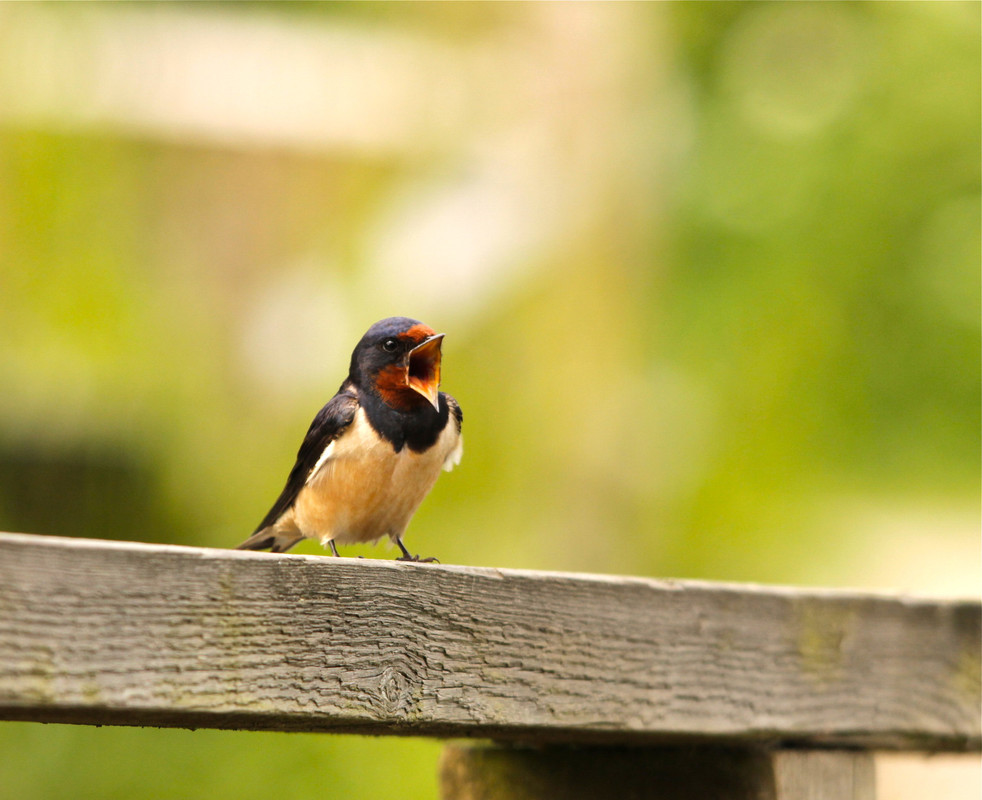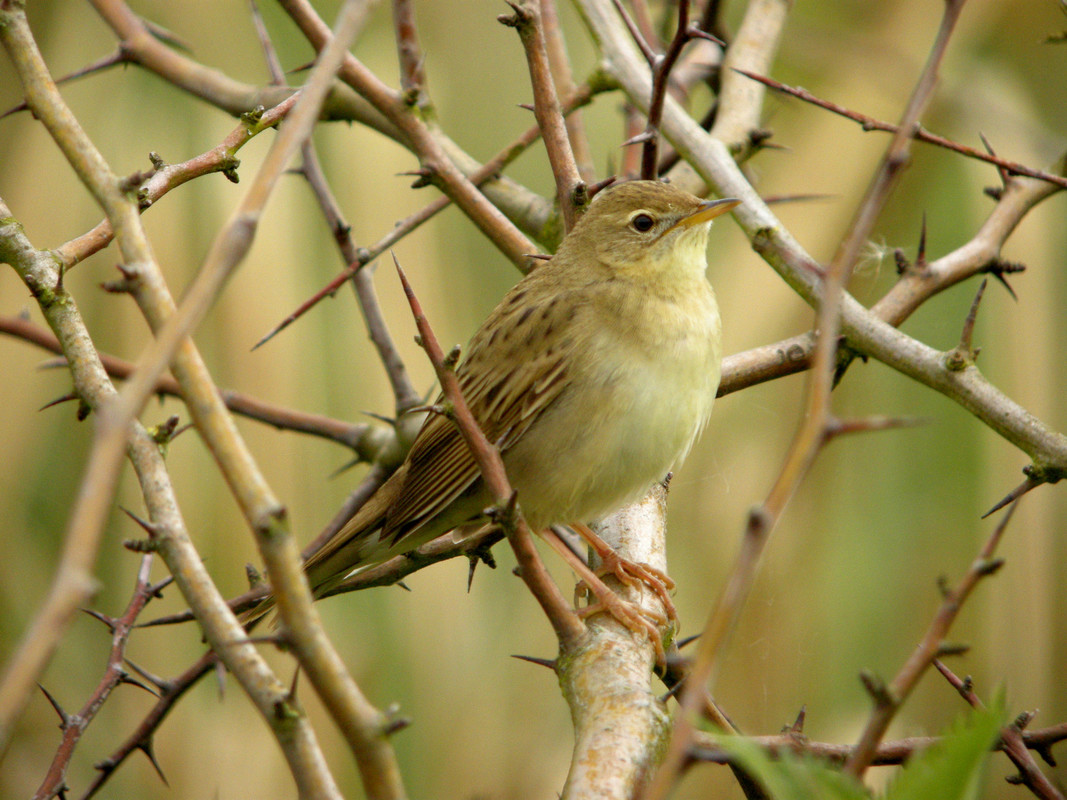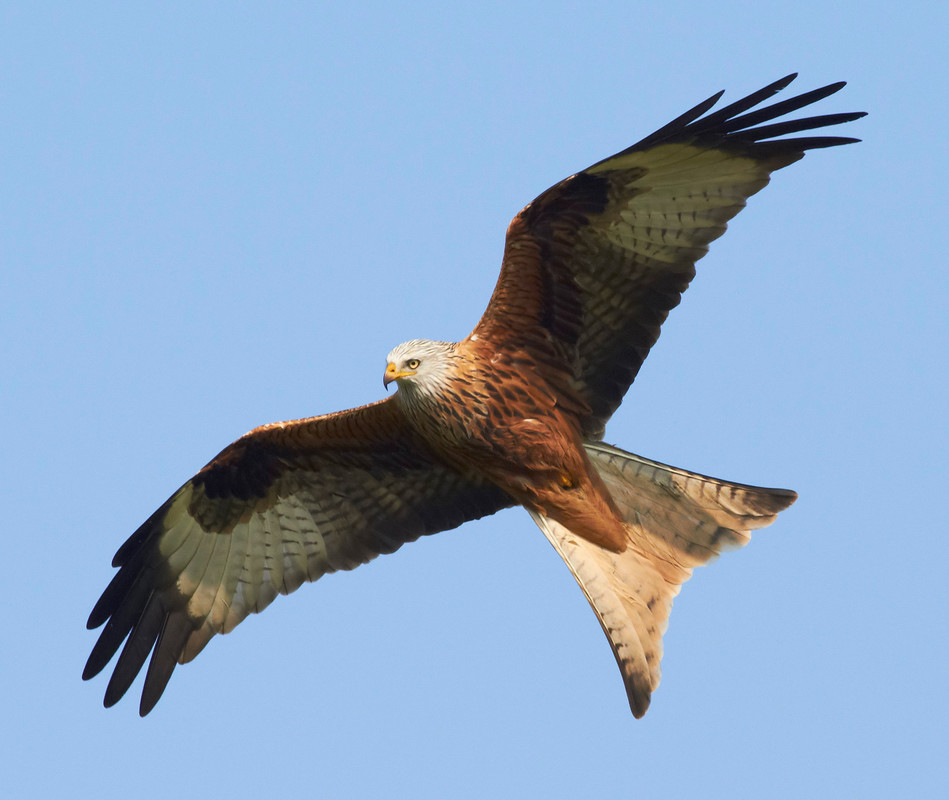Wildlife sightings for 13th October 2015
4 Mandarin - flew in from N
1 Redshank - main lake
44 Lapwing - main lake
3 Skylark - flew S
2 Stonechat - pair, on marsh fox fence
October bird highlights: Bittern, Little Egret, Buzzard, Kingfisher, White Wagtail, Wheatear, Spotted Flycatcher, Nuthatch, Tree Pipit, Siskin, Rock Pipit, Firecrest, Stonechat.
By mid-October many of our summer visitors have left, such as the Swallows and Swifts, but this month is a good time to pick up waders, Warbler species, Chats, Finches and wintering Thrushes that are all busy migrating. Wintering duck species continue to arrive, like the Wigeon and Shoveler, and the first Bittern of the winter arrived at the start of the month. The Bitterns like to spend most of their time hidden in the reedbeds, but with a bit of luck you could see one creeping along the reed edge or perched higher up in the reeds. Look out for Jack Snipe, Redpoll and Water Pipit this month, with Yellow-browed Warbler always a rare possibility.
Reptiles: Common Lizards: – a gathering of juveniles in wildside – these are on the tree stumps just before the reedbeds, right of the path as you head towards the path. There is also another gathering on a post between the 1st and 2nd bridges and the bench by the 1st bridge has juveniles in the cracks on the south facing side. The 4th bridge has juveniles. On the South Route the Dulverton Hide has finally seen some juveniles as has the log garden on the pile near the Dulverton hide. The Rain Garden has a new brood. Down The Plughole has a brood. The Pond Zone ponds, Bog Garden, WWF, Succession trail boardwalk and the logpile at the start of the trail all have had juveniles in the last few weeks.
Grass Snakes: on the survey there were three hatchlings in the Entrance Lake area and one near the wildside gate, it was hiding amid the slow worms.
Slow Worms: there are still pregnant females on the reserve and a couple of refugia had females with young close by, indicating they may have been very recently born.
Fungi: Our MG5 grasslands (nutrient poor, non-fertilized grasslands) support the best grassland fungal communities to be found on site, which relate to the Clavarioids, waxcaps, pinkgills and earthtongues. The majority of these species can be found in swards located in World Wetlands, South Route, Sheltered Lagoon and the Overflow Car Park. Examples of these megafungi include Blackeneing Waxcap, Apricot Club, Dark Crazed Cap, Golden Spindles, Meadow Coral, Parrot Waxcap and Hairy Earthtongue.
BIG BUG HUNT RESULTS JULY-SEPTEMBER
Dragonflies & Damselflies:
Azure Damselfy – odd individuals on South Route.
Common Blue Damselfly – now the most numerous blue coenagrionid to be found at this time of year.
Red-eyed Damselfly – this species has had one of its best years on record, although at this time of year very much outnumbered by its counter relative the Small Red-eyed Damselfly; found on lily pads on South Route .
Small Red-eyed Damselfly – good numbers to be found on floating vegetation and algae; peak numbers to be expected at this time of year; lily pads, hornwort, algae.
Southern Hawker, exuviae – look for these and other species’ exuviae in the Bog Garden pond in South Route.
Emperor Dragonfly, male and female – watch impressive blue males with their apple green thoraxes hunt and swoop over pools and channels.
Black-tailed Skimmer, male – mauve coloured males often bask along pathways on site.
Common Darter – red coloured males come to rest on marginal vegetation pendant over adjacent water.
Ruddy Darter, teneral – one seen colouring up after emerging from its exuvia in the Bog Garden pond and completing its “incomplete metamorphosis”.
Grasshoppers & Bush-crickets:
Roesel’s Bush-cricket – those with good hearing may have wondered what was causing the electric buzz emanating from the grassy verges around the reserve; it is this cricket that’s the culprit.
Dark Bush-cricket – the random chirps of this cricket can be heard from scrub and bramble (a favourite location) around the site; this cricket was present on south side of the Sheltered Lagoon.
Meadow Grasshopper – both males and females were found in grassland along the South Route (e.g. by Dulverton Hide) and Sheltered Lagoon.
Field Grasshopper – found in grassland along the South Route and Sheltered Lagoon.
Lesser Marsh Grasshopper – one was encountered in amongst the damp grassland / Purple Moorgrass by the Log Pile Garden.
Moth species:
Six-spot Burnet – found on knapweed south side of Sheltered Lagoon; greater numbers to be found on Field Scabious and knapweed on the grassy peninsula by bridge across the canal on the north side of Sheltered Lagoon.
Butterflies:
Essex Skipper – Sheltered Lagoon grassland (seen on pre-recce); knapweed / scabious-rich grassland on way to Peacock Tower from canal bridge
Brimstone, female – Sheltered Lagoon (south side); one settled in grassland on south side of Sheltered Lagoon
Large White – Visitor Centre courtyard; one zapped past heading for World Wetlands
Small White – Ammonite Garden on the South Route; one found nectaring on flowers in Ammonite Garden
Purple Hairstreak – White Water-lily pool grassland, South Route
Comma – path on south side of Sheltered Lagoon
Gatekeeper – grassland south side of Sheltered Lagoon
Meadow Brown – grassland south side of Sheltered Lagoon; one of our most abundant butterfly species on site
Bugs:
Giant Willow Aphid – Living Willow fence on South Route, on Osier; large aggregations forming on willows, producing copious honeydew; this attracts the attention of Black Ants, wasps and ladybirds amongst others
Parent Shieldbug – adult guarding eggs on Alder leaves, Succession pool, South Route; newly hatched nymphs are also attended to as well
Beetles:
Red Poplar Leaf Beetle – this scarlet beauty is a denizen of young growths of poplar found along path edges around the Sheltered Lagoon
Willow Leaf Beetle – one found by the Bog Garden on South Route
Yellow-and-Black Longhorn Beetle – these striking beetles can be found feeding in the flowers of knapweed and scabious around the grassland verges of South Route and Sheltered Lagoon
7-spot Ladybird – seemed to be attracted to the Giant Willow Aphids and their production of honeydew
Harlequin Ladybird – seemed to be attracted to the Giant Willow Aphids and their production of honeydew
Flies:
Marmalade Hoverfly – this species is ubiquitous and is a gardener’s best friend as the larvae feed on aphids; found taking advantage of the honeydew on the willow fence
Long Hoverfly – a dainty little grassland hoverfly; found taking advantage of the honeydew on the willow fence
Picture-winged Fly species – the black / dark patterning and mottles on the wings of these flies are a characteristic feature
Wasps, Ants and Bees:
Ichneumonid wasp species x2, Sputnik Gall, Common Wasp, German Wasp, Black Ant, Wool Carder Bee, White-tailed Bumblebee, Buff-tailed Bumblebee, Common Carder Bee, Red-tailed Bumblebee, Honey Bee
Spiders:
Segestria florentina, Zebra Spider, Comb-footed Spider, Nursery Web Spider, Linyphaea triangularis, Araneus diadematus, Larinioides cornutus


